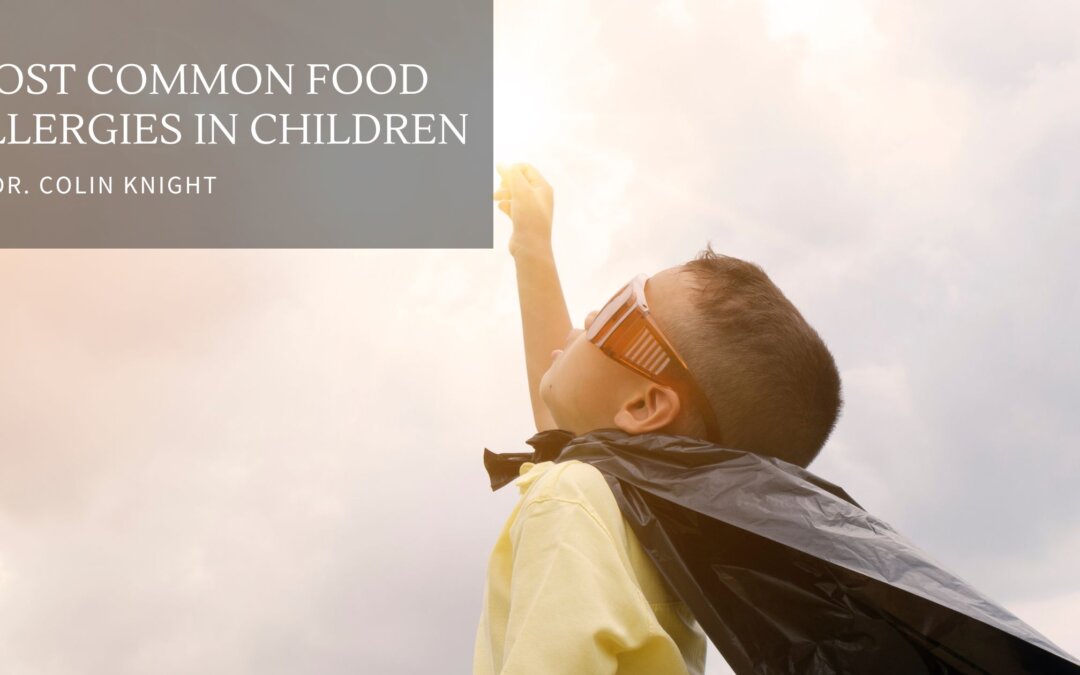The looming concern of potential allergic reactions can cloud the excitement of introducing a new food to a child. Food allergies in children are increasingly common and can range from mild to severe. These reactions are caused when the immune system mistakenly targets a protein found in food, treating it as a threat. This misidentification leads to a series of responses, manifesting as allergy symptoms. Parents and guardians need to know about the most common food allergies, how they present, and how to manage them.
The Primary Culprits
Several foods account for the majority of allergic reactions in children. These include:
- Milk: Often mistaken for lactose intolerance, a milk allergy is caused by an adverse reaction to one or more proteins in cow’s milk.
- Eggs: The white and yolk contain proteins that can be allergenic, though the white is more often the culprit.
- Peanuts and Tree Nuts are the most common and can often cause severe reactions.
- Soy: Found in various food products, soy allergies are more prevalent among babies than older kids.
- Wheat: A wheat allergy involves an adverse reaction to proteins in wheat.
Importance of Early Detection
Detecting food allergies at an early age is pivotal for several reasons:
- Safety: Recognizing an allergy allows parents to eliminate or replace the triggering food, reducing the risk of severe reactions.
- Growth and Nutrition: Knowing about an allergy ensures that a child receives alternative nutrient sources, supporting their growth and development.
- Quality of Life: Early detection minimizes the emotional and physical discomfort experienced due to allergic reactions.
- Preventing Severe Reactions: Some allergic reactions, like anaphylaxis, can be life-threatening. Early detection equips caregivers with knowledge and tools like epinephrine auto-injectors to address emergencies.
Management Strategies
Management of food allergies goes beyond merely avoiding the allergen:
- Education: Ensuring everyone in the child’s life, from teachers to relatives, knows the allergy and its implications.
- Label Reading: Parents must become adept at reading product labels, as allergens can be present in unexpected items.
- Safe Food Preparation: Cross-contamination can occur if safe food comes into contact with allergenic foods. Using separate utensils and cooking areas can prevent this.
- Emergency Preparedness: An action plan detailing steps to take if a child consumes an allergen. This includes knowing when and how to administer medications or seek medical assistance.
Food allergies in children, while daunting, are manageable with the proper knowledge and precautions. Early detection and strategic management can ensure that children lead fulfilling lives without being constantly overshadowed by the threat of allergic reactions. Caregivers must foster an environment of understanding and support, empowering their children to speak up about their allergies and take proactive measures as they grow older. Regular consultations with allergy specialists can also provide updated information and strategies, ensuring families can handle any challenges.
